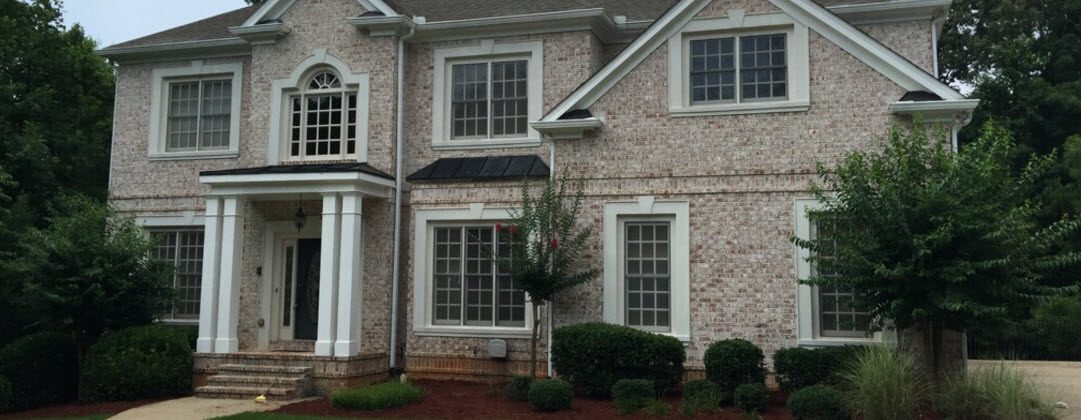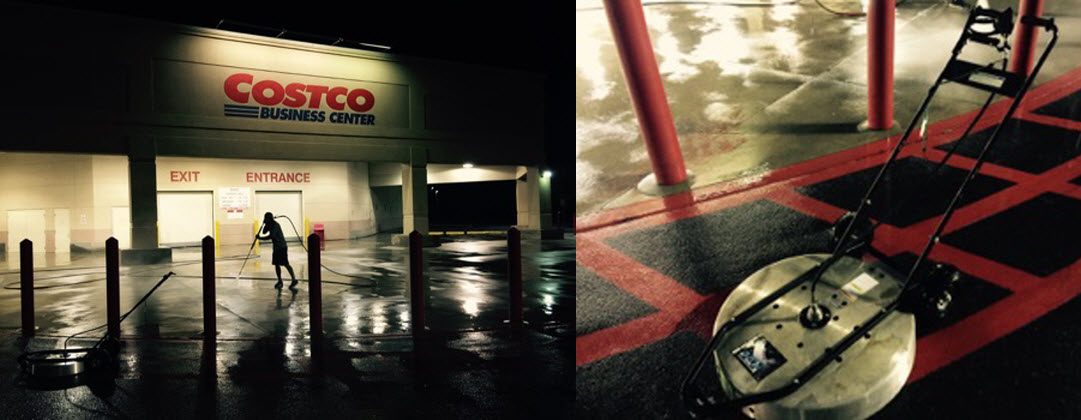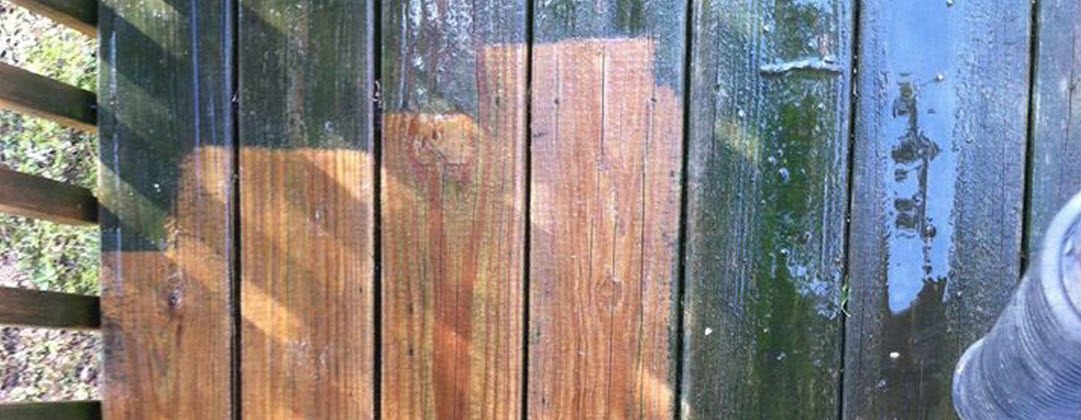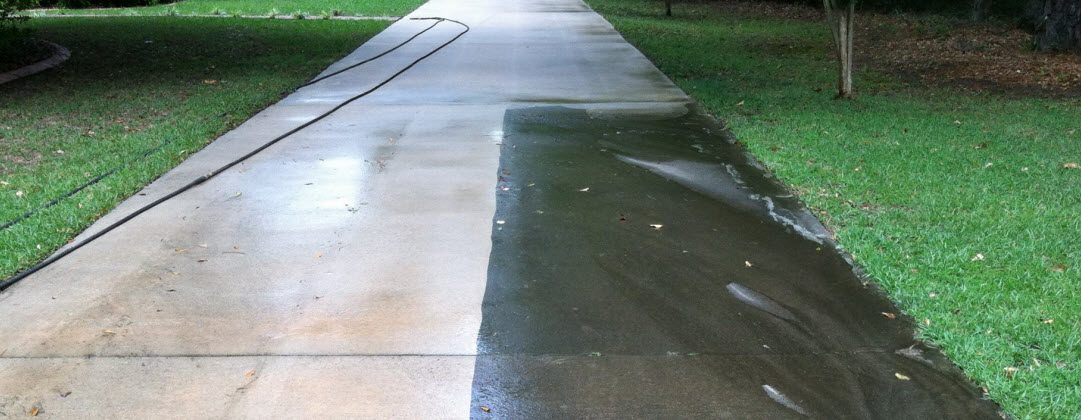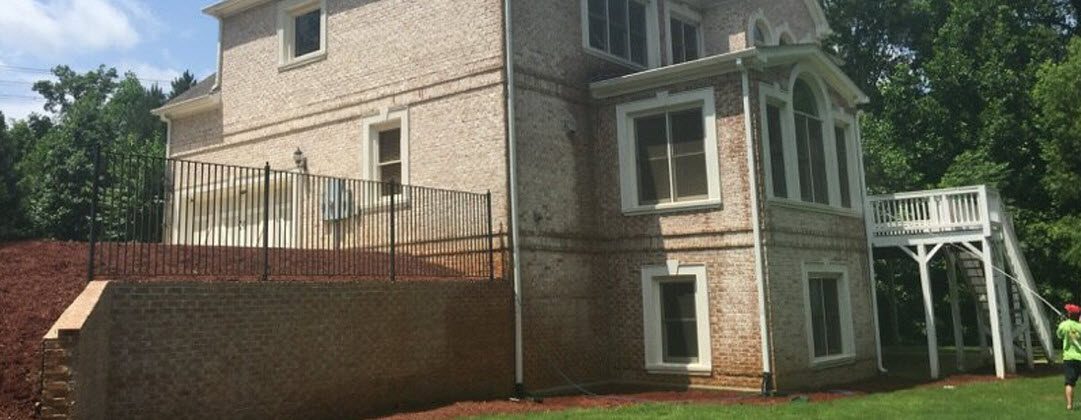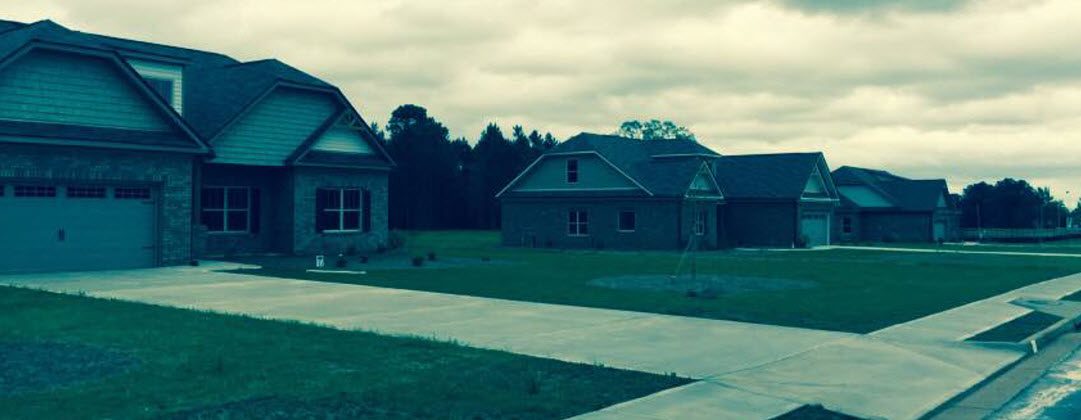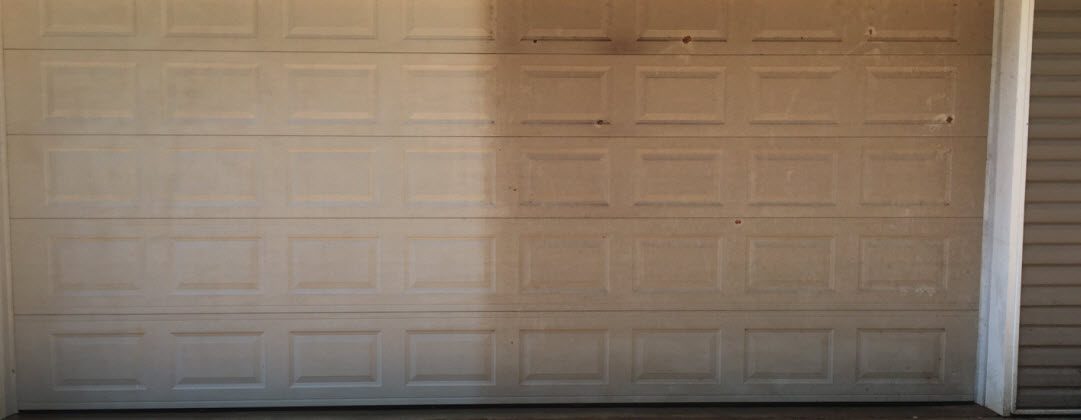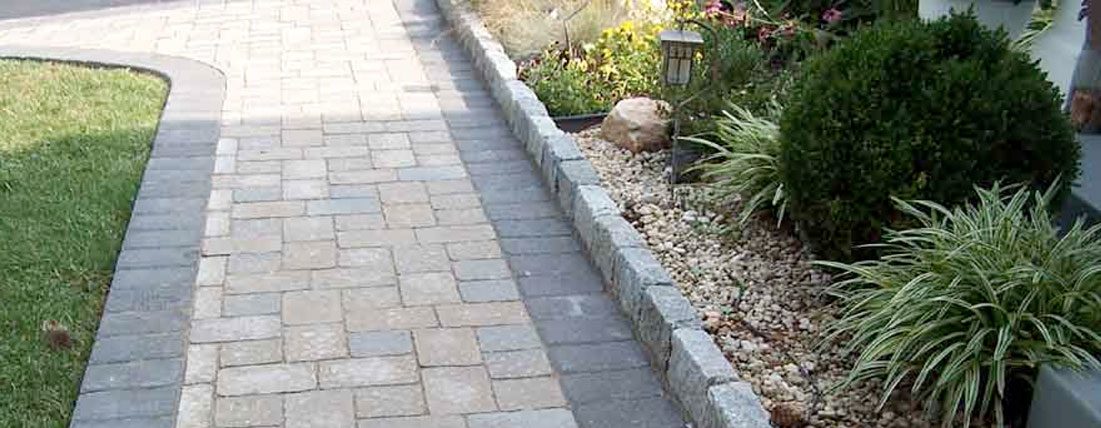Do you have artillery fungus? Many homeowners never realize that they have artillery fungus all over the siding of their home. Artillery fungus can cause damage to wooden features all around the home and yard. Some common places to find artillery fungus is on wooden siding, fences, shutters and in framing. Big Moose Pressure Cleaning would like to share more about artillery fungus, where it comes from, and how to keep it in check.
What Does Artillery Fungus Look Like?
When you see a bunch of black spots that look like a shotgun blast, you are most likely looking at artillery fungus. Artillery fungus is also known as shotgun fungus or artillery mold. Artillery fungus is found on non-composted mulch. Most mulch goes through a burning process which neutralizes the fungus. Mulches that didn’t go through this process will have this fungus or will eventually develop the fungus. Artillery fungus uses connecting fruiting bodies which contains the spore masses. The spore masses are dark brown in color and can appear black. The fruiting bodies will release the spores when the sunlight provides enough fuel. Keep in mind that the spore naturally launches towards the sun. However, spores can confuse bright colors with the sun and the spores can be triggered indoors. Artillery fungus can be present on the siding or fences for a longer period of time without detection. Once the spores make contact with a suitable source, they will often go into dormancy. Then, once the spores leave the dormant phase, they will quickly spread. It is essential to remove artillery fungus quickly as it eats and rots the wood.
How to Treat & Remove Artillery Fungus
When removing artillery fungus, the most effective method is with pressure cleaning combined with some scrubbing. Unfortunately, pressure cleaning isn’t the only answer. To remove artillery fungus permanently without causing additional consequences, you will need to remove the spores deep in the wood grain. To properly remove the spores, you will need to sand down the effective areas with an abrasive sand pad or steel wool. After the surface has been sanded down you can treat the surface with pressure cleaning. If the fungus is too severe, the only other way to remove artillery fungus is by replacing the wooden feature and disposing of the infected specie.
How to Prevent Artillery Fungus
To prevent artillery fungus from damaging the wooden surfaces around your home, avoid using non-composted mulch, non-organic mulch, or dark colored mulches. Light colored mulch doesn’t make for a good living environment for artillery fungus. Next, you will want to keep fungus and other organic matter in check with pressure cleaning service about every 6 months. With pressure cleaning you can remove the fruit bodies before the spores have time to develop. A pressure cleaning service has the right tools and cleaning agents to kill most fungus, mold and mildew from developing on your property’s wooden features. However, consistency is key once artillery fungus is found, you will need to begin sanding down the wood and aggressively treat the infected wood.
Pressure Cleaning, Power Washing & More in McDonough, Barnesville, Fayetteville, Covington, Locust Grove, Griffin, Stockbridge & Social Circle Georgia
Artillery fungus isn’t harmful to humans but it’s difficult to get rid of and looks awful. To prevent molds, fungus and other damaging organisms or for quality pressure cleaning services, contact Big Moose Pressure Cleaning today.


